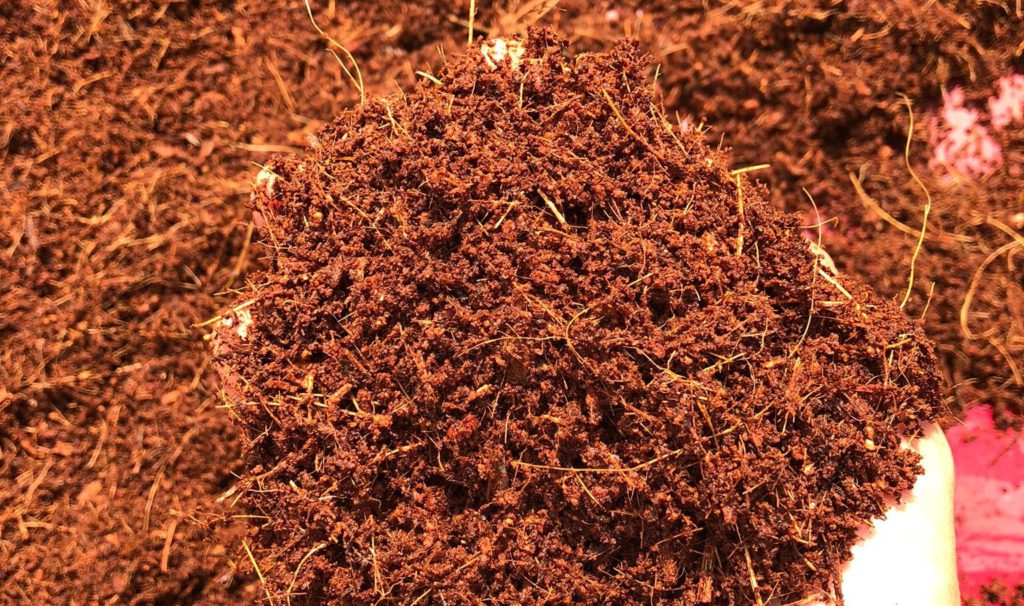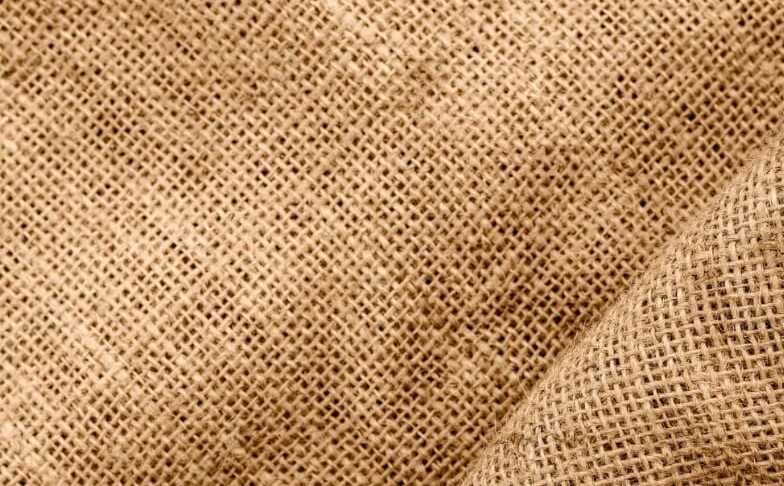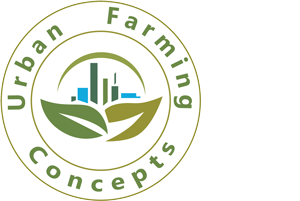Growing microgreens is the easiest way to get your daily servings of vegetables and herbs. You can easily grow microgreens at home. Microgreens don’t require many nutrients for growth as they get their energy from seeds and first photosynthesis. Also, they get harvested at a very early stage. The sole purpose of a growing medium will be to support and hold them.
Important points to be noted while selecting the growing medium:
When there are many options of growing medium available, it is likely to get confused when selecting the best one. Let us see some factors that are significant while choosing the growing medium.
- Growing Environment and Location: This is the main factor that will affect. Location or environment won’t matter too much unless it’s an extremely hot or cold area.
- Water absorption and excluding capacity: After a couple of days of planting the microgreens, we won’t be directly spraying water on them. But, we will let the growing medium soak in water, and then we will remove the excess water. So make sure to select the growing medium with a good balance of water absorption and exuding capacity.
- Easy to handle: There are two forms of growing mediums available in the market nowadays. The first is in the mat form, and the second is loose structure. Mat form is easy to operate as it doesn’t require any extra measures to use it. You can directly put it in the grow trays and use it. If you are going with the loose form, you will require some extra steps to avoid the mess before using them.
- Nutrients: Microgreens don’t need many nutrients to grow. It would be great if the growing medium had few nutrients.
Best growing medium for microgreens:
Growing microgreens at home is not difficult if you have the correct growing medium. Enlisted are five growing mediums used widely for growing microgreens.
- Organic potting soil
Soil is the common substance required for the growth of any plant. Using organic potting soil is beneficial as it offers many nutrients. Since it is nutritious, we will not need any fertilizers for growing microgreens. It does not contain any chemicals or pesticides. Organic potting soil is composed of natural, organic matter like bat guano, worm castings, compost, or manures. The Prime benefit of using organic potting soil is that it’s very sterile. It will help eliminate pests that harm the seedlings.
- Coco coir
Coco coir is well-known for its use as a medium to grow microgreens. It is a lightweight soilless medium made from coconut husks and is a byproduct of coconut fiber. It holds the water very well and is an ideal growing medium. It is available in bricks that are dehydrated, compressed, and easy to store. Coco coir in thin sheets is convenient to use and best for microgreens. It has many advantages, like good aeration properties and room for the seeds to grow. The fine texture helps distribute the water evenly through fibers so that every seedling has exposure. Coir has a neutral PH which is best for healthy growth. As it does not provide many nutrients, you can use fertilizers with the coir.

- Hydroponic Growing Mats
Using hydroponic growing mats allows microgreens to grow more cleanly. Like Biostrate, these growing mats have a felt-like texture and are great for the growth of microgreens. Grow pads are composed of pure natural fiber or synthetic fiber. Commonly used natural fibers are hemp, wood, jute, and coconut. Since the hydroponic mats are sterile, the chances of fungal growth are much less. The pads can absorb water around the roots of the plant. They are simple to use, store and discard after harvest. The limitation here is you need to use fertilizer as these mats hold very little nutrient value.
- Vermiculite
One can use vermiculite as a soilless growing medium. It is a yellow or brown mineral used as a moisture retentive medium for growing plants. It expands when it’s heated, has neutral pH, and it’s mold-resistant and sterile. Many use it as an additive to regular soil to support better aeration with perlite, a material made of volcanic glass. However, you can also use it as a standalone growing medium. Vermiculite can provide many nutrients to your microgreens, such as potassium, magnesium, and other trace minerals.
- Woven Hemp Mats
Hemp mats are nothing but loosely placed woven hemp fibers. They are great at holding the water, and you should be careful not to overwater them. They are free of pests, and you can compost them after one use. While using, you don’t have to worry about dealing with messy soil. Slightly wet them before using, and in about two weeks, the fibers will break down, and then it will be perfect for growing microgreens. They absorb water and distribute it evenly throughout the growing tray. This even distribution of water helps the roots grow strong and faster in germination. You are also required to add some fertilizer to increase the nutrient levels.

Summary
Growing microgreens at home is fun and therapeutic. It is budget-friendly, and you can get packed nutrients right at your home. Microgreens contain many vitamins, minerals, and antioxidants that provide enormous health benefits. As you have seen above, there are many options available for growing mediums, and they are easily accessible. One can never go wrong using organic potting soil. However, there are benefits to using other mediums like vermiculite, coconut coir, hydroponic mats, and hemp fiber. Choose the growing medium you want and enjoy the taste of microgreens at your home!


